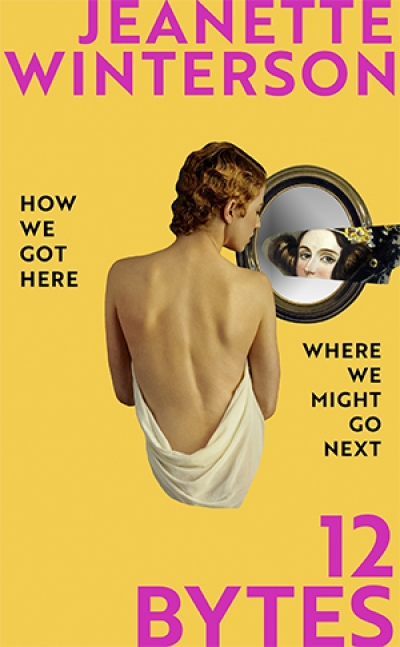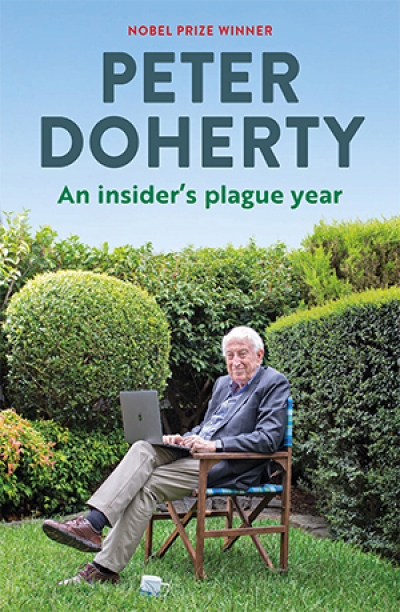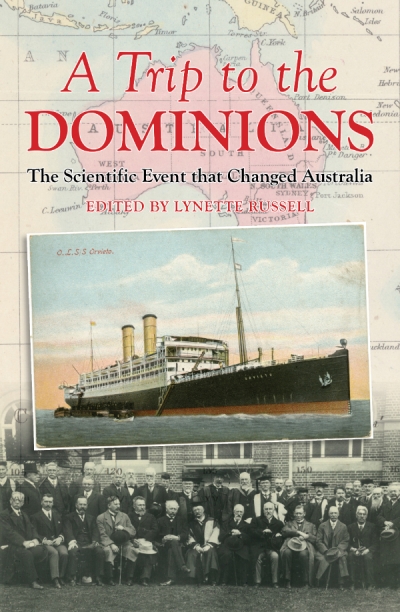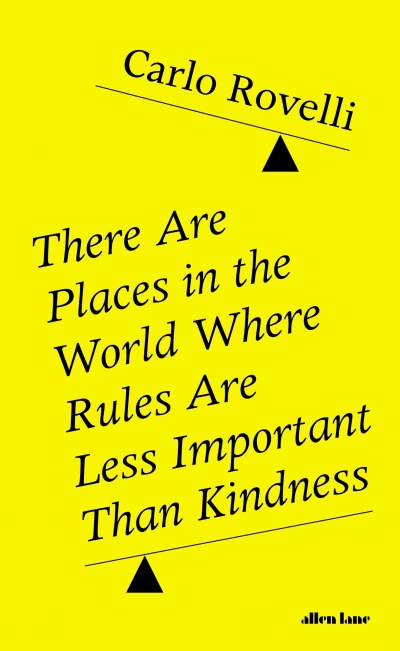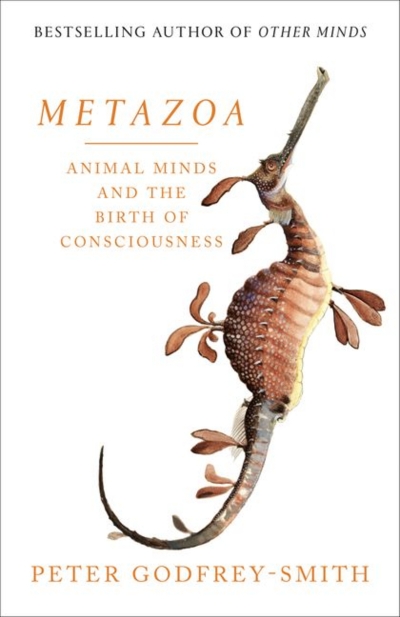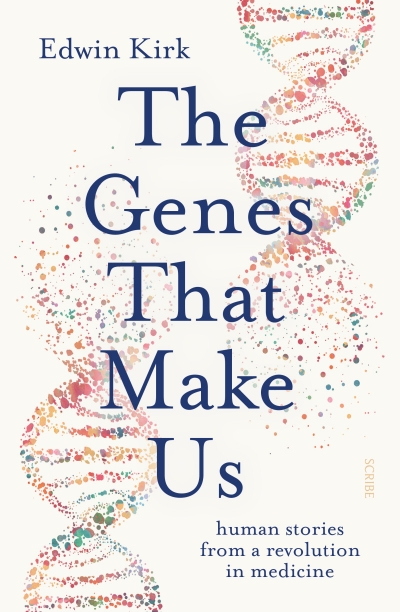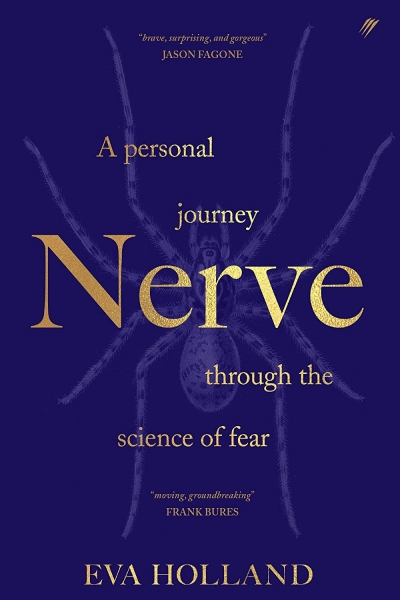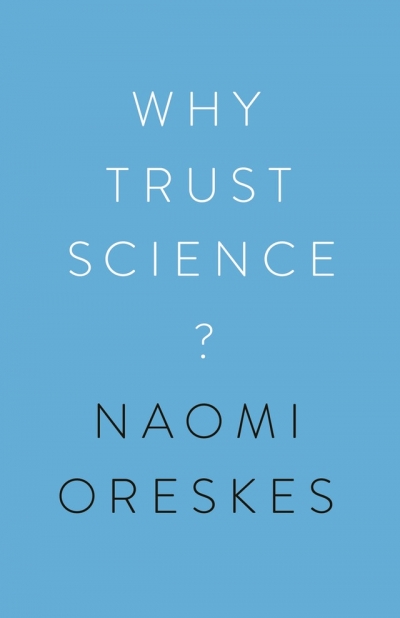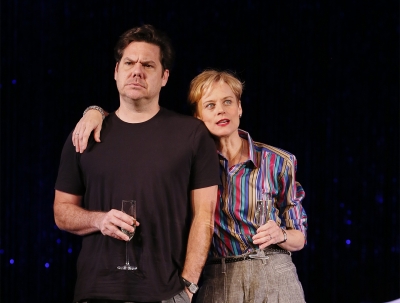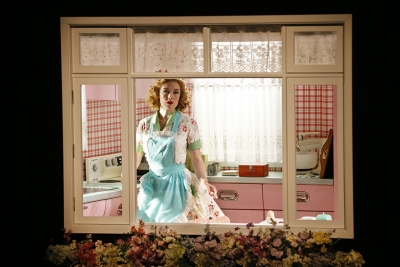Diane Stubbings
12 Bytes: How artificial intelligence will change the way we live and love by Jeanette Winterson
A Trip to the Dominions: The scientific event that changed Australia edited by Lynette Russell
There Are Places in the World Where Rules Are Less Important Than Kindness by Carlo Rovelli, translated by Erica Segre and Simon Carnell
Metazoa: Animal minds and the birth of consciousness by Peter Godfrey-Smith
The Genes That Make Us: Human stories from a revolution in medicine by Edwin Kirk
Nerve: A personal journey through the science of fear by Eva Holland
In the last decade there has been a welcome shift in our theatre ecology, with more main-stage companies keen to revisit classic Australian plays. Where once a new work by a local writer would have its run and then, no matter how acclaimed, disappear, rarely to be seen again outside of school and amateur productions, we are now being given another chance to experience some of these seminal plays, discovering not merely where we have come from as a country and as a culture but also, importantly, how we’ve changed.
... (read more)Judy and Johnny live a blissful 1950s life. While he readies himself for a day at the office, she twirls around the kitchen preparing his breakfast. They are, they declare, ‘sickeningly happy … utterly content’. The twist that comes at the end of the first scene of Home, I’m Darling has been heavily signposted in pre-publicity, so it’s not giving anything away to say that we are not in the 1950s at all.
... (read more)
